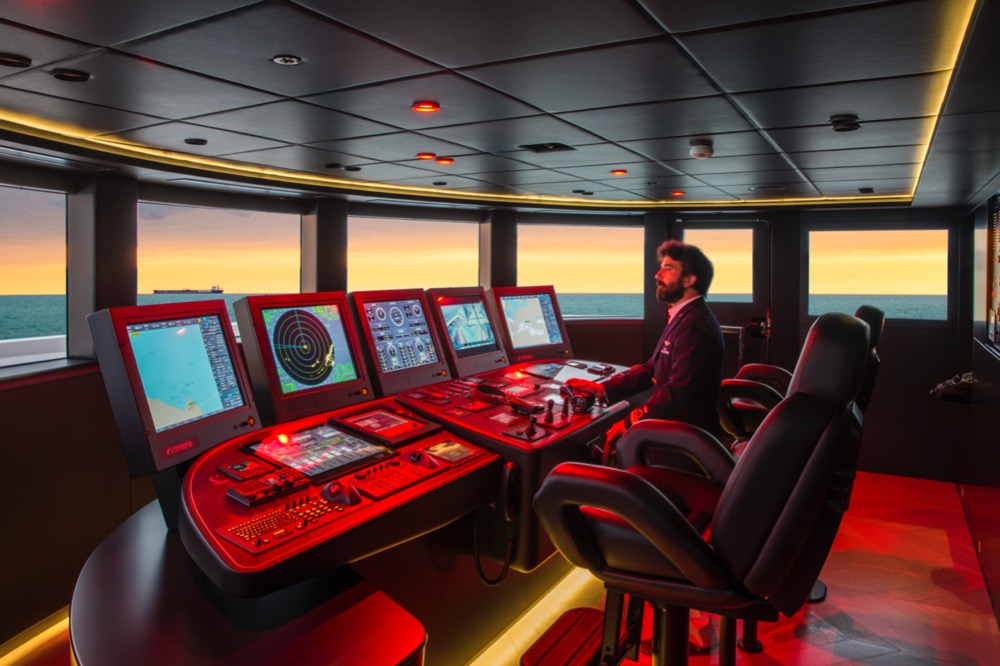Preparing for the worst
Paul Messenger discusses the perils of High Impact Low Frequency events in the maritime industry...…
A HILF (High Impact Low Frequency) Event is a term that I learnt recently whilst on a Bridge Resource Management (BRM) Course in Australia. It relates to incidents that occur rarely but whose impact is catastrophic - Costa Concordia, Herald of Free Enterprise, Exxon Valdez and of course the Titanic are just some examples in the Maritime Industry. These catastrophic events result in loss of life, pollution etc… and in these days of social media and the press – overwhelming media attention tends to be mostly negative, speculative and/or generally incorrect with blame being appointed by the general public before any official report is released.
Fortunately, such events have, to date, been rare (or very well “managed”) in the superyacht industry. With the ever-increasing numbers of large yachts, especially those over 100m carrying high-profile UBOs and charter guests, should such an incident occur, even if it does not result in loss of life or serious damage, it will still be a High Impact event just from the media attention alone - especially with the recent, mostly negative, media attention on the industry from the sanctions on certain Russian UBO’s and their yachts.
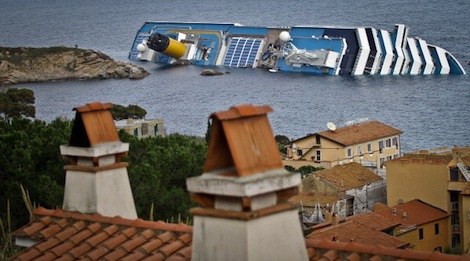
The courses included reviewing HILF incidents and most causes were down to the human factor – poor communication, lack of knowledge of the systems, poor decision making etc. The cumulative effect of smaller incidents results in a catastrophic event. Costa Concordia is probably the most suitable case study, especially where the Captain was in denial about the seriousness of the situation the vessel was in.
Another incident that we studied both for the BRM and the Pilot Training was the incident in 2013 where the RoRo Jolly Nero struck the pilot control tower in Genoa killing 9 and injuring 4 – a manoeuvre that was carried out many times, but due to poor communication between the ECR and OOW and then between the OOW and the Captain and Pilot, an issue with the starting of the engines was not passed on. The Captain was sentenced to 10 years in prison, the Pilot 4 years, the First Officer 8 years, and the Chief Engineer 7 years. These cases highlight how a normal operation can go very wrong very quickly if the wrong decisions are made.
As we all know the operation of a large yacht is very different from that of say a cruise ship, which is on a set run with predetermined (and remotely monitored) passages and sailing times. If we can get 24 hours' notice of a schedule, we consider ourselves lucky, and last-minute deviations to plan the norm make the following of ISM procedures, especially passage planning, difficult to keep on top off. Sometimes we do not have the luxury to go over a passage in length by checking all safety aspects, and expecting that the ECDIS Validation will pick up any anomalies.
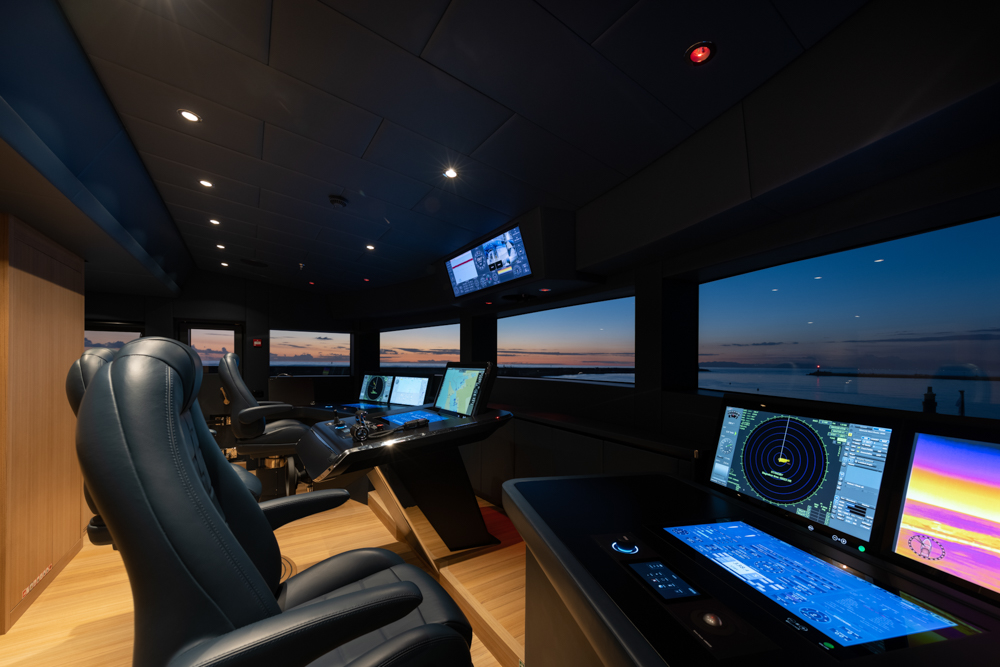
However, after having taken the courses, I have realised that many of the bridge teams do not utilise the ECDIS to the fullest, often with the alarm limits set incorrectly so many spurious alarms masking any serious ones result in complacency when it comes to alarm monitoring.
Marine pilots around the world utilise PPUs (Portable Pilot Units) that either they plug into the Pilot Plug on the AIS or on very large ships carry portable GPS units they place on the wings that give them very accurate information especially Heading/Rate of Turn, so they can predict the movement of the vessel on highly detailed charts. The use of predictive manoeuvring gives a clear indication of the vessel's path and swing, and in a tight harbour on a large vessel, this is an essential tool. Most ECDIS systems also have a predictive manoeuvring function but I have seen rarely seen them activated when joining new yachts – I have used it many times on very large yachts manoeuvring in and out of confines ports and it has proven to provide detailed information allowing for better decision making during manoeuvring.
These are just some examples, and the course highlighted more points regarding communication, management, the use of technology, and the use of ship simulators etc. The most relevant parts I now utilise on my current command, and it has reminded me of some of the basics that have been forgotten over time. The courses were tailored to Marine Pilots and Commercial shipping officers and I have heard of some yachts arranging BRM courses for their crew, but it is rare, and there are no courses tailored to the superyacht industry – as it is not a mandatory course it is very hard to persuade owners and managers due to the expense, but surely the benefits outweigh the costs. Just one HILF event causing serious damage to the vessel would most likely result in an overall increase in H&M and P&I policies, a possible costly change to regulations etc. not to mention ruining lives.
Surely, Owners, Managers and Underwriters want to protect their assets by ensuring they operate as safely as possible and follow what the majority of the responsible commercial operators have done in requiring that deck officers partake of a BRM course every 5 years and pilots in Australia and New Zealand the AMPT course? Why not a Superyacht Resource Management course for all officers tailored specifically for the industry with individual departmental training that also follows the STCW management training guidelines? Maybe an incentive from the Underwriters for yachts that require their officers to participate in such a course would help with regards to getting the ball rolling. At the very least, it would be a good way to start preparing for the worst…
NEW: Sign up for SuperyachtNewsweek!
Get the latest weekly news, in-depth reports, intelligence, and strategic insights, delivered directly from The Superyacht Group's editors and market analysts.
Stay at the forefront of the superyacht industry with SuperyachtNewsweek
Click here to become part of The Superyacht Group community, and join us in our mission to make this industry accessible to all, and prosperous for the long-term. We are offering access to the superyacht industry’s most comprehensive and longstanding archive of business-critical information, as well as a comprehensive, real-time superyacht fleet database, for just £10 per month, because we are One Industry with One Mission. Sign up here.
Related news

Top stories 2022: Headlong into the metaverse
Andy Parkin, Managing Director of KILO, demonstrates VASCO - an augmented reality training platform for ColRegs and BRM
Technology
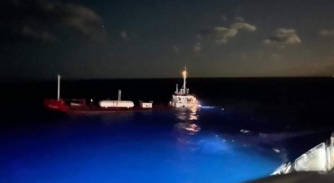
Crewmember claims yacht was 'unseaworthy' when it collided with 49m tanker
There are still unanswered questions concerning the incident that involved a 63m superyacht and a 49m tanker in the Bahamas
Crew

Growing concern over number of falsified CVs
Recruiters are highlighting the worrying amount of ‘massaged’ CVs in yachting
Crew

Another week, another fire
Instead of searching for specific factors to blame, the time is right to reflect on safety across the industry
Opinion
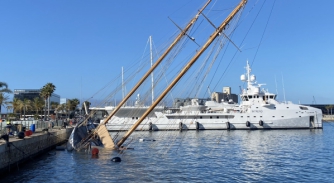
VIDEO: 49m S/Y Eleonora E sinks following collision with supply vessel
No injuries reported after Eleonora E is struck by a 60m supply vessel in Port Tarraco
Fleet
Related news
Top stories 2022: Headlong into the metaverse
2 years ago
Growing concern over number of falsified CVs
3 years ago
Another week, another fire
3 years ago
NEW: Sign up for
SuperyachtNewsweek!
Get the latest weekly news, in-depth reports, intelligence, and strategic insights, delivered directly from The Superyacht Group's editors and market analysts.
Stay at the forefront of the superyacht industry with SuperyachtNewsweek


